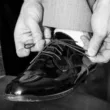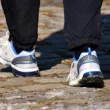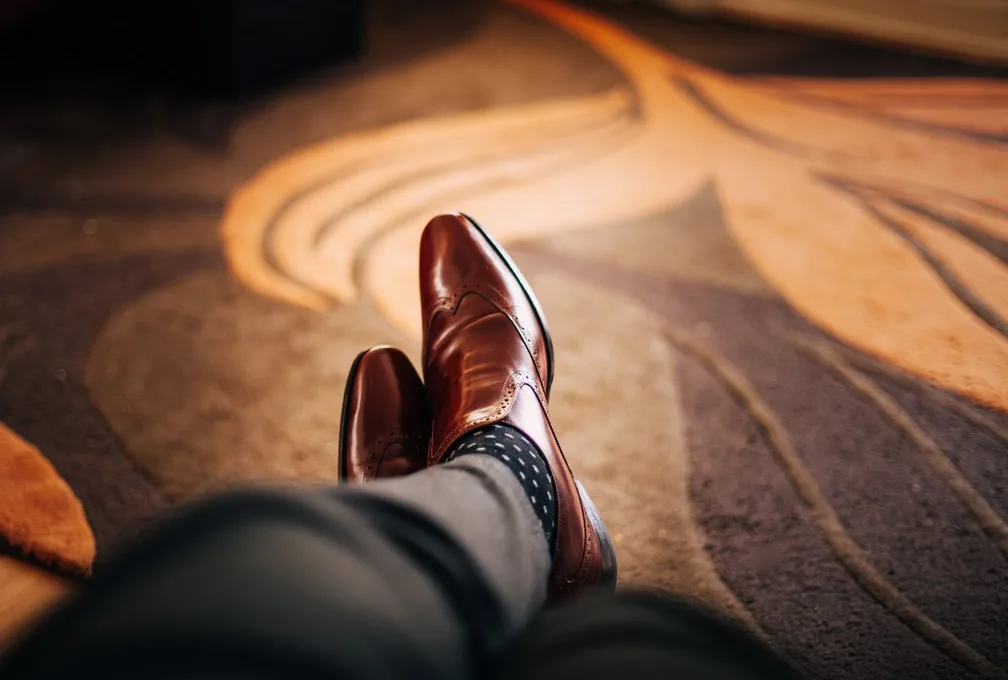If you’re a fitness enthusiast and want to maximize your performance, you might want to consider doing some workouts without shoes. Yoga, Pilates, and strength training are all excellent options, and some of these don’t even require shoes. While going shoeless may improve your workout, it can also lead to injury. To avoid this situation, read on for some benefits and disadvantages of going shoeless. If you’re unsure whether you should go shoeless, start by learning about the health risks associated with wearing shoes.
Choosing to be barefoot
While many people are used to wearing shoes and socks, there are many who choose to go barefoot for a variety of reasons. These reasons may range from personal health and comfort to spiritual or environmental concerns. Zlatica Mikytova, a retired grandmother of six living in the Czech Republic, decided to go barefoot three years ago for her health. She says she was able to lose weight and felt more comfortable. She is now a certified barefoot trainer.
Benefits of going barefoot
There are many benefits of going barefoot, including better health. It is proven that grounding triggers the body’s natural circadian rhythms and activates the vagus nerve, which runs from the brain to the colon. This nerve regulates the body’s functions, including the heart, lungs and digestive system. In fact, research has shown that grounding can boost the immune system and reduce stress hormones. Many studies have even shown that the benefits of going barefoot can even improve sleep.
Diabetics are more prone to developing foot injuries. Although they can walk barefoot, they should avoid going barefoot on a regular basis. This is because diabetic neuropathy can cause calluses and ulcerations on the foot. Additionally, a person can cut their feet without even knowing it. Those with neuropathy are more likely to suffer from injuries than healthy people. In order to avoid these injuries, diabetics should always wear proper shoes.
In addition to improving circulation, walking barefoot has a number of other health benefits. For one, it can relieve foot pain caused by over-use of the feet and can improve postural alignment. In addition, it can help strengthen muscles and relieve tension in claw toes. Finally, barefoot walking can improve your posture. So why wait? Go barefoot today, and see the difference! You’ll be glad you did.
Walking barefoot strengthens your feet and improves their flexor strength. Additionally, walking on grass helps your body absorb electrons from the Earth’s surface. This allows you to neutralize negative charges that accumulate in your body. Furthermore, it helps stabilize your circadian rhythm and balance hormones. This makes barefoot walking a good choice for many people. For many, going barefoot is a fun way to experience a healthier lifestyle.
By walking barefoot, you will improve your circulation and increase the amount of blood in your feet. This will help your feet absorb more shock and improve your overall balance. In addition, your muscles will be stronger and your joints will be healthier as a result. Walking barefoot will also strengthen your nerves and improve your heart and blood pressure. There are many other benefits of walking barefoot, so give it a try today.
Disadvantages of going barefoot
While there are many benefits to going barefoot, you may be wondering if it’s really safe for you. After all, it does feel good! However, it’s important to wear proper footwear while performing activities, and it is best to stick to low-impact exercises. You should also avoid going barefoot for long periods of time. You should also consult a physician before beginning this experiment.
Going barefoot is not recommended for people with sensitive feet. While it might be a minor inconvenience for you, stepping on a sharp object can hurt. If you’re particularly clumsy, you can stub your toe or puncture your skin while walking barefoot. While most health risks are minimal, those with certain medical conditions should consult a physician before attempting this new lifestyle.
If you have diabetes, you should avoid going barefoot in public areas. Diabetics are at a higher risk of foot injuries. This is because diabetic neuropathy causes the feet to lack sensation. These individuals are more likely to put too much pressure on their feet and end up with calluses or ulcerations on their feet. Furthermore, they may cut their skin without realizing it. You may be surprised at the dangers of going barefoot.
Taking barefoot walks and running without shoes is not recommended for people with flat feet. Walking barefoot increases stress on your feet and reduces the control over foot position. The lack of support and cushion in shoes can cause pain and injury in areas like the heel, knees, or ankle. Furthermore, it can even lead to plantar fasciitis, which is a condition that affects the foot.
Taking children barefoot is not always possible. The reason for this is the risk of infections. While wearing shoes may feel comfortable, they also restrict the natural development of growing feet. Children who wear shoes develop a habit of wearing shoes. This can lead to infections like athlete’s foot, hookworm, and plantar warts. They can also pick up dirt and bacteria from the ground. If your child wears shoes, it may prevent the virus from spreading.
Health issues associated with wearing shoes
There are many health risks associated with wearing the wrong kind of shoes. Even a short period of time in bad footwear can cause stress to the bones, joints, and soft tissues. Whether you’re at home or at work, it’s important to choose the right footwear to avoid any potential health risks. Wearing bad shoes can lead to a variety of issues, including chronic back pain, chronic leg pain, and postural problems.
Uncomfortable shoes may cause problems in the foot, especially the ankle. Because they force the body to walk unnaturally, these shoes can cause sore ankles. Uncomfortable shoes may also lead to ingrown toenails, which form when the sides of the toenail curve inward and grow into the surrounding skin. Improper footwear may also lead to bunions. Wearing shoes that are too narrow or tight can lead to this health problem. People with athletic feet are at greater risk for this issue.
The soles of shoes can contain traces of toxic chemicals and pathogens. For example, bacteria that cause Staph infections can live in these shoes. Certain chemicals used for lawn care can also carry pathogens. In a recent study, researchers found that up to 80% of shoes contained pathogens. The extent of exposure depends on how often shoes are worn and what kind of work they do. Even if they’re clean, they may still harbor toxic bacteria.
Many participants reported having foot problems associated with improperly fitting shoes. Improperly fitting footwear is associated with foot pain, corns, and calluses. Incorrectly fitting shoes are especially harmful for people with diabetes, children with Down syndrome, and older adults. They may even cause injuries to their feet. This is why it’s important to properly fit your shoes when you can. If you have problems with your feet, it’s best to consult a foot professional to ensure that you are wearing the proper footwear for your feet.
Podobne tematy




